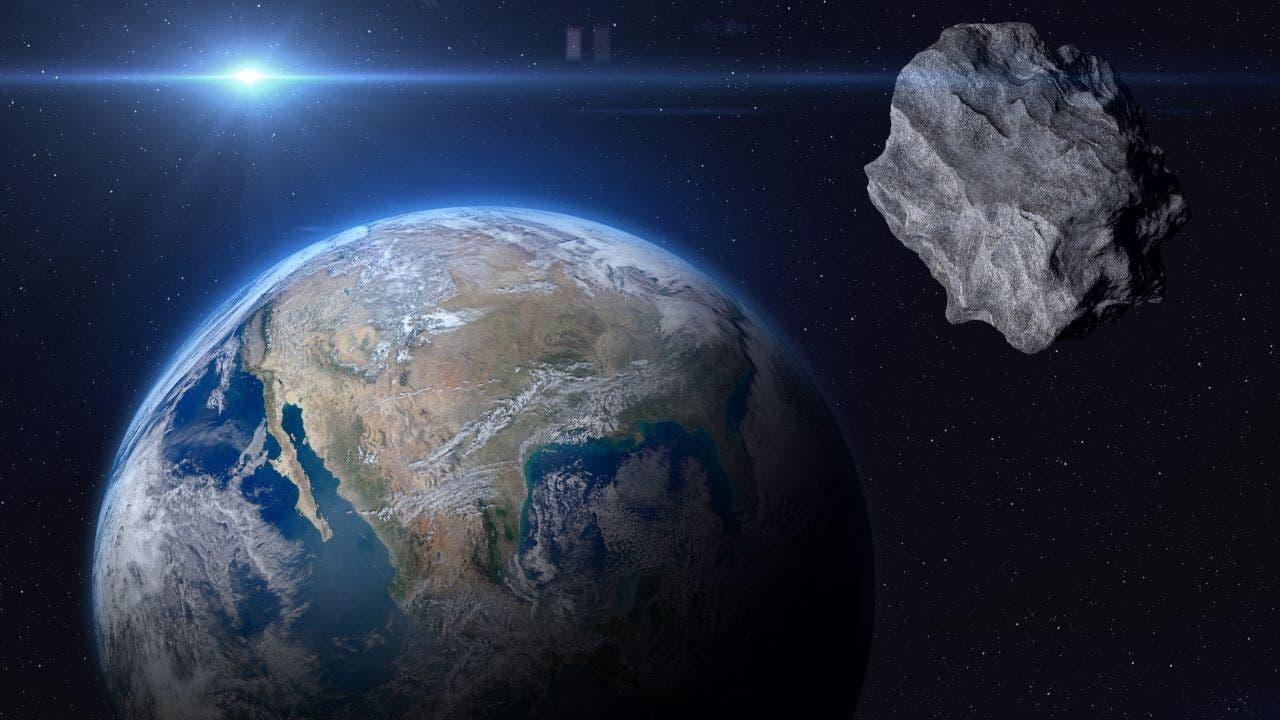United States
Odds of massive asteroid striking Earth increase again: NASA

The Asteroid 2024 YR4: Understanding the Risk and Significance
In the vast expanse of our solar system, a newly discovered asteroid, known as 2024 YR4, has garnered significant attention due to its potential proximity to Earth. Estimated to be between 130 and 300 feet in width, this celestial body is comparable in size to an NFL field, which spans 160 feet. According to NASA, the asteroid currently has a 2.6% chance of impacting Earth, translating to a 1 in 38 likelihood. This probability has increased from its initial 1% and subsequent 1.9%, with the asteroid expected to make its closest pass to our planet on December 22, 2032. While the chances of impact are notable, it’s important to note that there is a 97% probability it will safely pass by Earth.
Observations and Predictions: The Ever-Changing Odds
The asteroid’s trajectory is meticulously monitored by astronomers, who use advanced systems like the Asteroid Terrestrial-impact Last Alert System (ATLAS) in Chile. These observations are crucial as they help refine the asteroid’s path predictions. The probability of impact fluctuates as new data emerges, a common occurrence in asteroid tracking. NASA and the European Space Agency plan to conduct further observations in March before the asteroid becomes less visible until 2028. This temporary invisibility highlights the challenges in maintaining precise tracking and the importance of continued vigilance.
Potential Impact Zones: A Global Perspective
Should the asteroid indeed be on a collision course, the impact zone stretches across several regions, including the eastern Pacific Ocean, northern South America, the Atlantic Ocean, Africa, the Arabian Sea, and South Asia. Traveling at an astonishing 38,000 miles per hour, the impact would be catastrophic, causing widespread destruction. However, it’s crucial to emphasize that these projections are based on current data and are subject to change as further observations refine the asteroid’s path.
The Torino Scale: Assessing the Threat
The Torino Impact Hazard Scale categorizes the asteroid as a Level 3, indicating a close encounter with a 1% or higher chance of localized destruction. This level suggests that while the situation merits attention from astronomers, it is likely that further observations will reduce the threat level to zero. Historical precedents, such as the asteroid Apophis, which initially reached Level 4 before being downgraded, illustrate that early warnings do not necessarily predict an inevitable impact.
Expert Reassurance: Calm in the Face of Uncertainty
Despite the heightened probability, experts like Paul Chodas of NASA’s Center for Near-Earth Object Studies urge calm, explaining that the rise in impact probability is an expected outcome as more data is collected. The scientific community remains confident that the probability will decrease as the asteroid’s trajectory becomes better understood.Public concern is understandable, but premature, as the situation is under constant surveillance.
The Discovery and Vigilance in Space Monitoring
Asteroid 2024 YR4 was first identified by ATLAS in December 2023, underscoring the importance of global monitoring systems in detecting potential threats. The collaborative efforts of NASA and international institutions like the European Space Agency demonstrate a unified commitment to understanding and mitigating such risks. While the asteroid’s story is still unfolding, it serves as a reminder of the critical role of space vigilance in safeguarding our planet.
In conclusion, while asteroid 2024 YR4 presents a notable risk, it is one that is meticulously monitored and likely to diminish. TheRejecting panic and embracing informed vigilance, we continue to navigate the complexities of space threats with scientific rigor and global cooperation.


















